With the continuous development of the cosmetic market, cosmetic plastic packaging, as an important component of cosmetics, has increasingly attracted consumers' attention for its quality and safety. As a manufacturer of cosmetic plastic packaging, understanding and mastering relevant knowledge is crucial for ensuring product quality and enhancing market competitiveness. Here are some knowledge points that cosmetic plastic packaging manufacturers should focus on.
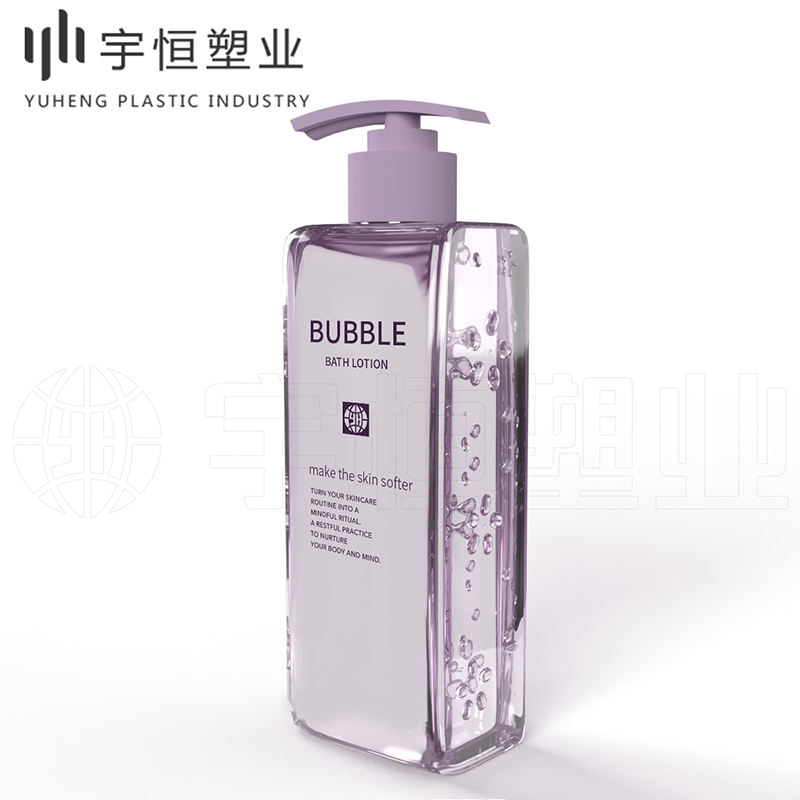
1. Raw Material Selection and Quality Control
Raw Material Types: The raw materials for cosmetic plastic packaging mainly include various plastic resins, additives, etc. Enterprises should select suitable raw materials based on product characteristics and market demand.
Quality Control: Strict quality control of raw materials should be conducted to ensure that they meet relevant standards and requirements, avoiding the use of inferior or harmful raw materials.
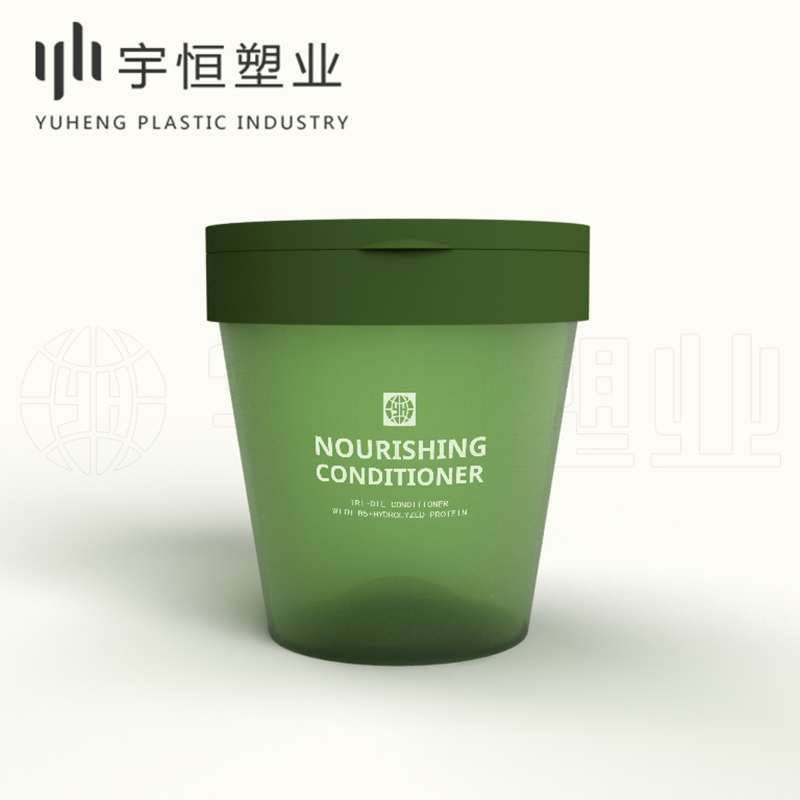
2. Production Process and Technology
Production Process: Mastering advanced production processes and technologies is essential to ensure the stability and reliability of product quality. This includes the selection and optimization of processes such as injection molding, blow molding, and calendering.
Automation and Intelligence: Focus on the application of automation and intelligent production technologies to improve production efficiency and product quality. For example, the use of robotic automatic loading and unloading, intelligent inspection systems, etc.
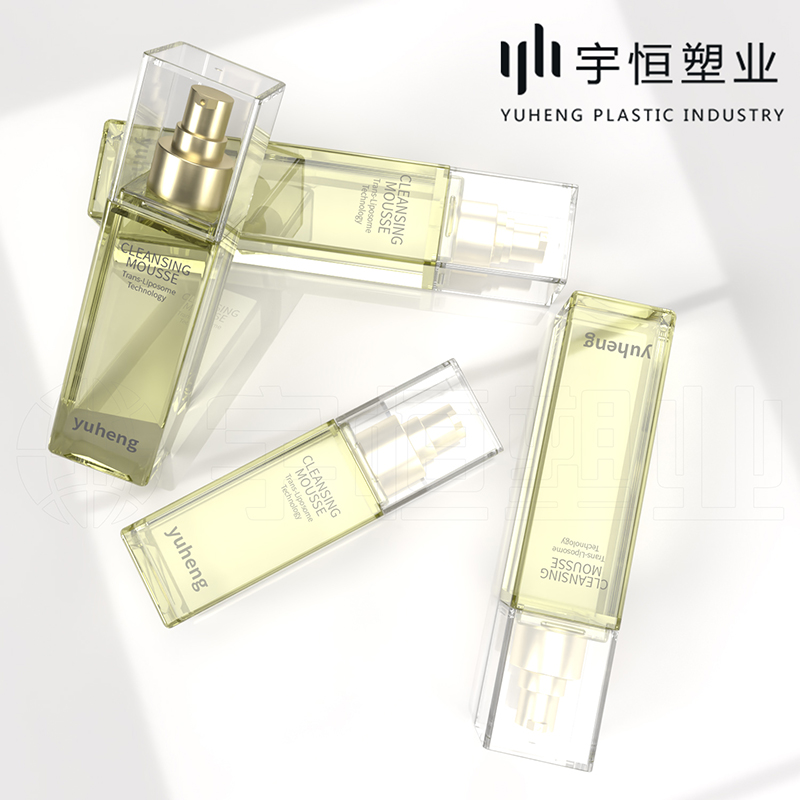
3. Product Design and Innovation
Packaging Design: Pay attention to the fashion and personalized needs of cosmetic packaging and conduct innovative designs. At the same time, ensure the rationality and practicability of the packaging design to facilitate consumer use.
Environmental Protection Design: Emphasize the embodiment of environmental protection concepts in product design, adopting recyclable, biodegradable, and other environmentally friendly materials to reduce the negative impact of products on the environment.
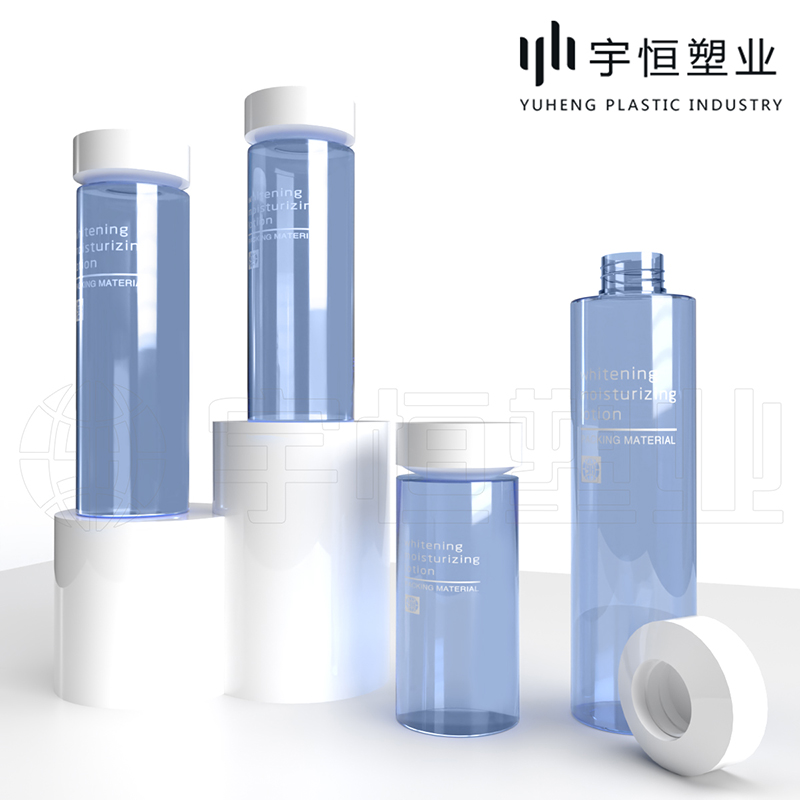
4. Safety and Regulatory Requirements
Safety: Cosmetic plastic packaging should comply with relevant safety standards and requirements to ensure that it does not harm consumers during use. This includes requirements such as being non-toxic, odorless, and non-irritating.
Regulatory Requirements: Understand and comply with relevant domestic and international regulations and standards to ensure that products meet regulatory requirements. For example, the EU's REACH regulation, China's "Cosmetic Hygiene Standards," etc.
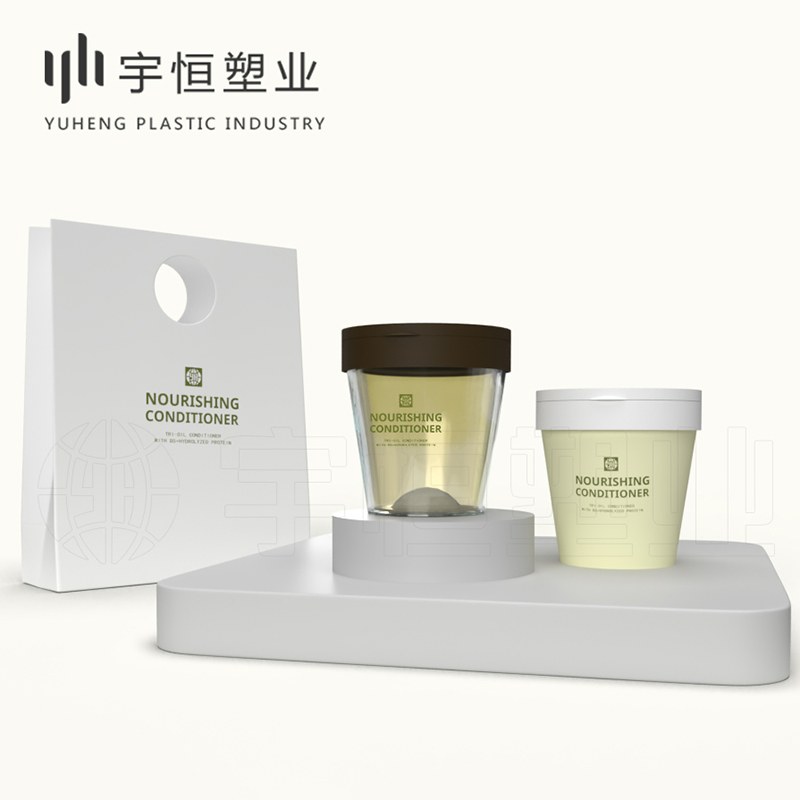
5. Market Trends and Consumer Demands
Market Trends: Keep an eye on the development trends of the cosmetic market and understand consumers' needs and preferences. This helps enterprises adjust their product structure and production strategies in time to meet market demand.
Consumer Demands: Focus on consumers' expectations and requirements for cosmetic plastic packaging, such as environmental protection, personalization, and high quality. By meeting consumer needs, enhance the market competitiveness of products.
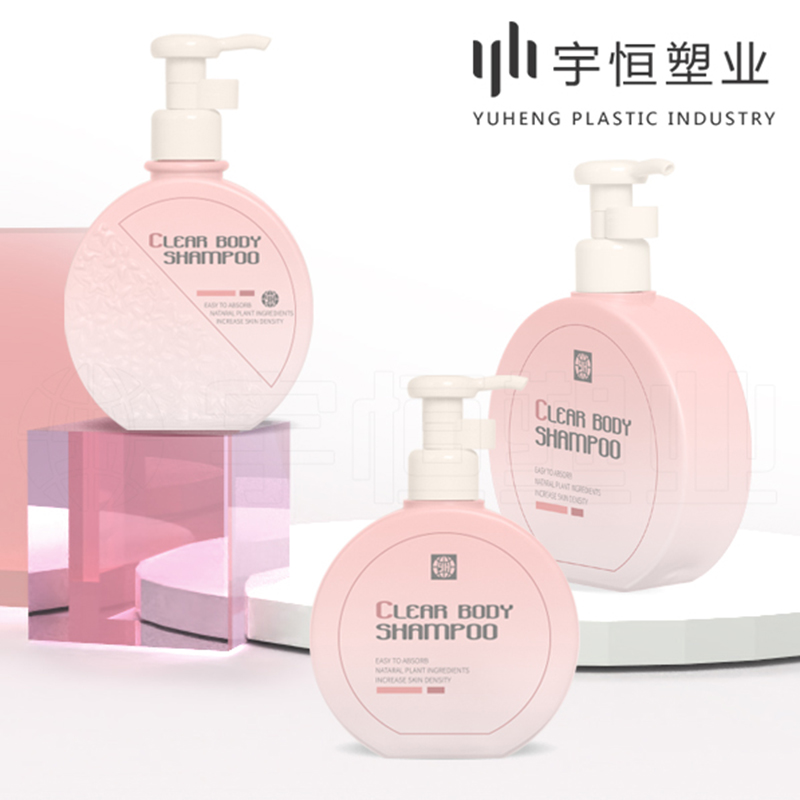
6. Quality Management and Continuous Improvement
Quality Management: Establish a comprehensive quality management system to ensure the consistency and stability of product quality. This includes raw material inspection, process control, final product inspection, and other links.
Continuous Improvement: Focus on continuous improvement of product quality through technological innovation, process optimization, and other means. At the same time, keep an eye on new technologies and materials in the industry to maintain the leading position of the enterprise in the industry.
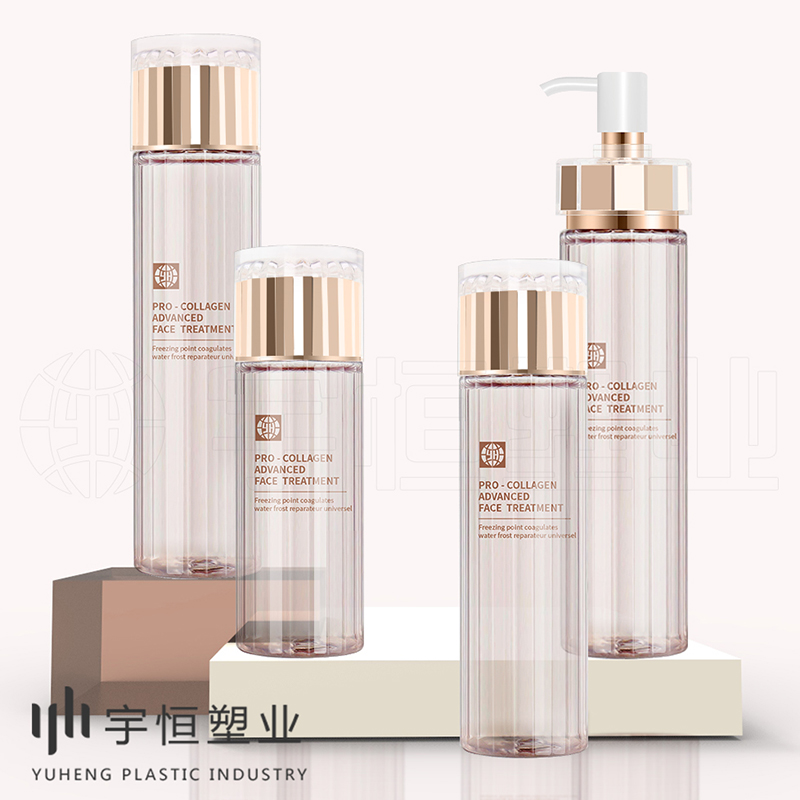
In summary, cosmetic plastic packaging manufacturers should focus on knowledge related to raw material selection and quality control, production process and technology, product design and innovation, safety and regulatory requirements, market trends and consumer demands, as well as quality management and continuous improvement. Through continuous learning and practice, enterprises can continuously enhance their core competitiveness and market position.




